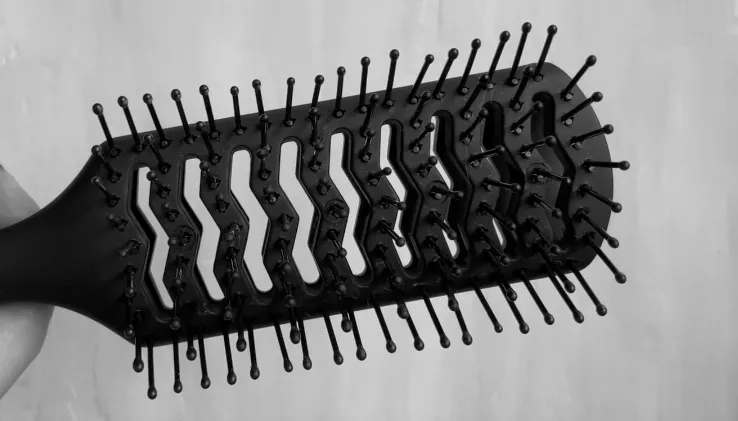
What is that Grey Lint in Your Hairbrush?
Struggle from greasy hair? Your hairbrush may be the cause. Oily hair is so common that most who suffer from excess scalp oil, do not investigate the reasons why hair remains greasy, even shortly after washing it.











